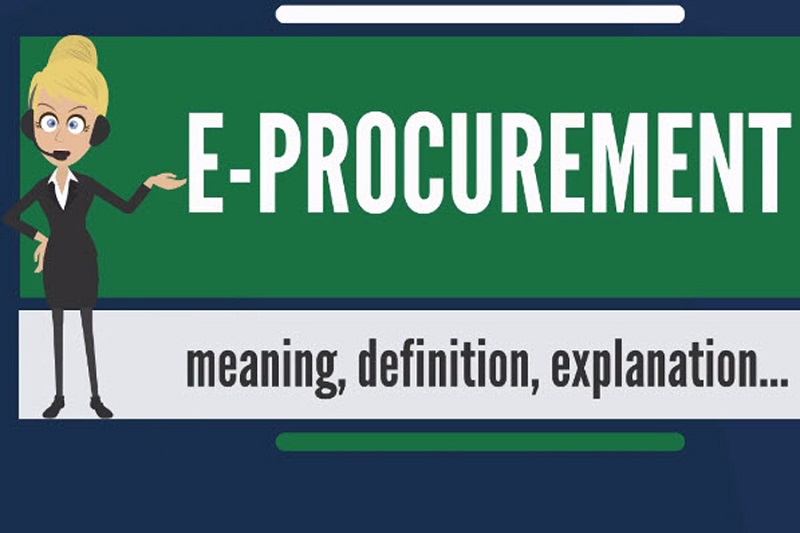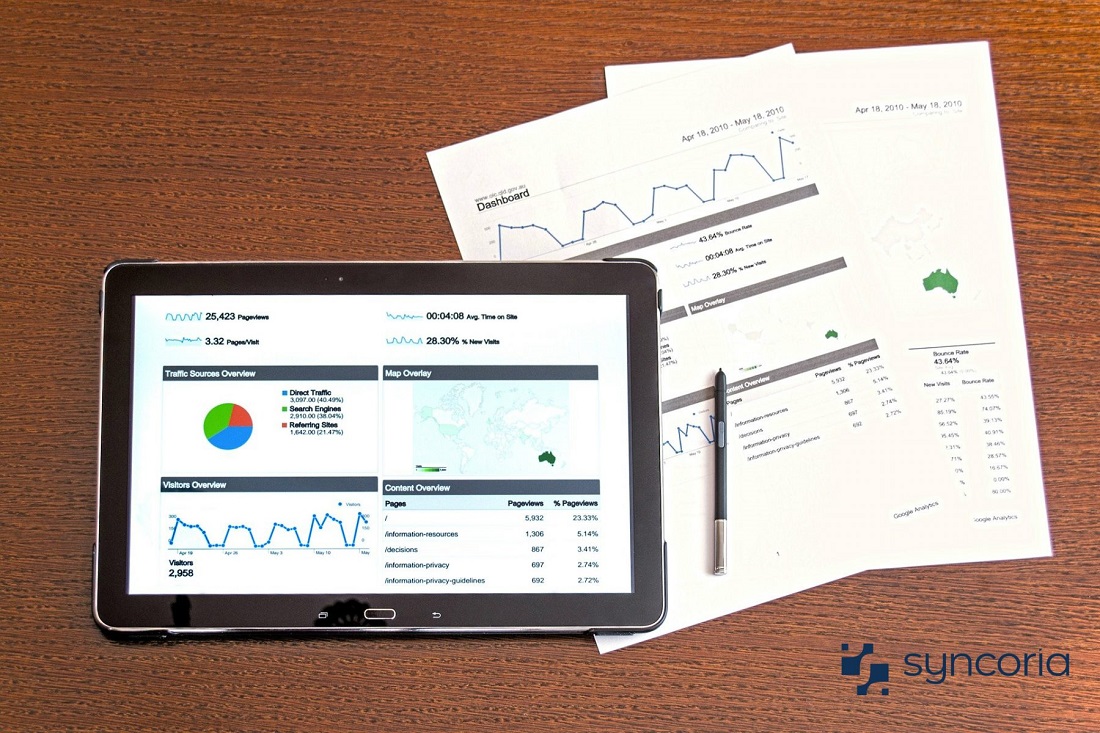Paper-driven purchase management has a falling impact on an organisation’s bottom line. A standard purchase procedure produces large heaps of paperwork, and requires one too many messages to go to and fro to sort things out.
Inefficiencies in the purchasing process cost organisations huge sums of money in purchase delays, missed discounts, and disputes about transactions. Trying to accelerate the purchasing procedure using long gone and obsolete tools such as spreadsheets and email no longer suffice.
In order to streamline the purchasing process and improve their purchase management, organisations need to defenestrate the ways of the old and embrace the new. Current procurement tools can transform a painstakingly slow process to an internationally competitive purchasing strategy.
If your purchasing management process still depends on obsolete tools, it’s the ideal opportunity for a major overhaul. Here’s everything you have to know to boost your purchase management process.
What is Purchase Management?

It’s the arrangement of procedures that are fundamental to get products or services from the requisition to purchase order to invoice approval. Despite the fact that we use purchase and procurement synonymously, they marginally contrast from one another.
Whereas purchasing includes the overall procedure of acquiring goods and services for the benefit of the organisation, procurement depicts the exercises involved in getting them. The procurement procedure in an association is distinctive to its specific situation and activities.
Notwithstanding the uniqueness, each purchase management procedure comprises of 3 Ps’, to be specific- Process, People, and Paperwork.
1. Process
A rundown of regulations that should be maintained while going through, making orders, acquiring, and paying for goods and services. The more complex the purchasing process, the more steps there are.
2. People
This includes all stakeholders and their particular obligation to the procurement cycle. They deal with starting or approving each phase of the procedure. The higher the quantity of stakeholders, the riskier the purchase.
3. Paperwork
This alludes to the administrative work and documentation associated with each phase of the procurement procedure pipeline, which are all gathered and put away for reference and reviewing reasons.
What Is the Procurement Process Flow?
To keep the procurement management process fair, transparent, and efficient, a good understanding of the procurement process flow is key.
Steps involved in a Procurement Process
Each purchase management procedure employs a few components, including recognition of needs, looking into supplier, evaluation, raising a purchase request, reviewal stage, transformation to purchase order, contract organization, checking/assessment of order, payment, and record keeping. These are the significant stages in the purchase management process:
Stage 0: Needs Recognition
The primary step in the purchase management process is perceiving the requirement for an item. Be it a fresh new request or a repetitive purchase, needs are broken down and the accessibility is checked and rechecked before making a solicitation for procurement.
Stage 1: Purchase Requisition
A purchasing process usually begins with an order. A requisition is sent to the procurement department, via a requisition form, electronic, or phone.
Stage 2: Review of Request
The requisition is then reviewed by the procurement department. Endorsed demands become POs, while others are sent back with the reason for dismissal stated. All these can be taken care of with a straightforward purchase order application.
Stage 3: Budget Approval
Once the procurement department issues a PO, it is sent to the accounts office for budget approval.
Stage 4: Quotation Requests
Once the budget is endorsed, the procurement team sends out a few requests for quotation (RFQ) to sellers with the goal to get and compare offers and shortlist the ideal seller.
Stage 5: Negotiation and Contract
When a seller is chosen, the terms of contract are negotiated. Once both parties are settled, a purchase order is then sent to the seller. A contract agreement is valid immediately after a seller accepts a PO and sends an acknowledgement.
Stage 6: Receive Goods/Services
The vendor conveys the products/services agreed upon within the given time frame. Before accepting them, the buyer examines the items and notifies the seller of any issues.
Stage 7: Three-Way Matching
During this stage, three records- POs, the packaging invoice (that comes with the product), and seller invoices are compared to pinpoint any errors and guarantee that the deal is accurate. Inconsistencies ought to be tended to as soon as they are found.
Stage 8: Invoice Approval Payment
Once the three-way matching is finished, the receipt is affirmed and sent for payment processing. This varies from organisation to organisation.
Stage 9: Record Keeping
After the payment procedure, buyers make a record of it for accounting and archiving. All documents involving the exchange is stored in a central location.
Why Should You Automate Your Purchase Management Process?
A powerful purchase management software can streamline the jumbled up acquisition process and keep it straightforward. No data is lost and partners can raise, affirm, or dismiss things on schedule. A streamlined acquirement process offers better command over each phase of the purchasing lifecycle.
Moreover, a productive purchase management software also brings the following benefits:
Picking a purchase management software as opposed to relying upon messages and spreadsheets will accelerate the procurement process, guarantee the accuracy of tasks, upgrade effectiveness, and save time and resources.
Must-Have Features in a Purchase Management System
While most purchase management frameworks guarantee a similar rundown of advantages, their built in features are distinctive. Thus, make sure to check whether they have all the tools and features necessary to guarantee a problem free obtainment.
Here are some basic features organisations must keep an eye out for in a purchase management software:
How e-procurement transforms purchase order processing

1. Auto-directed solicitations, PR-activated POs, and more
Utilizing an e-acquirement framework, purchase orders are made simple. You basically enter the proper details of the purchase order into the system. Orders are then directed to all the appropriate partners as predefined by you. The purchase order is initiated as soon as the last approval is sent in.
The purchase order gets directed through the framework as well, right down to receipt endorsement and payment.
With a cloud-based purchase management tool dealing with POs and requisitions, you have access to any item in the system. Filed POs can be raised in a second at whatever point you have to, and no order ever gets lost in the system.
With an automated purchase management system processing requests, directing forms and notifying the relevant parties guarantee that all POs are marked and endorsed by the appropriate individuals, within the required timeframe.
2. Automated three-way checking
Secure to-pay arrangements offer more than distributed storage and automatic routing of endorsements. Three-way checking is one such feature that looks at purchase orders against their particular purchase requests, to greatly reduce the probability of errors.
3. Insights into purchasing
This is the area where automated purchase management offers a noteworthy bit of leeway over the customary paper-or email-based procedure. Probably the best part about taking digital purchase orders, is that reports and analyses help you pinpoint what’s working well, and where wastefulness is costing you.
Since purchase orders are a fundamental cog in the procurement machine, it’s great to have straightforwardness and perceivability throughout the process. You can pull up the status of any request immediately, analyse the efficiency of seller execution, and more through custom reports and analytics.
Advantages of a digital PO framework

Here are six reasons why every organisation needs a purchase management system with a purchase order processing included. Digital PO systems can:
The 6 Core Purchasing Strategies
Organizations make use of purchasing strategies so as to make feasible and sound purchase decisions from a group of sellers who will all look to deliver quality products and/or services on schedule and at terms which both parties can agree on.
These procurement strategies incorporate decisions such as making a reserve fund for procurement purposes by concentrating all purchasing procedures under one roof.
Some organizations may choose to implement a single source system where they acquire top quality goods from a single vendor. These systems are prevalent when sourcing for IT or indirect purchasing, for example, office and/or cleaning supplies.
Other organizations may utilize a purchasing strategy which revolves around a central purchasing cycle. This process involves making requests from a selected group of vendors and use outsourced procurement for other bigger, need-based purchases.
Still others, especially when they are looking for employees for short term projects, will make use of procurement auctions so as to get the best prices levels.
Regardless of the size or stature of the organization, there are a few well known purchasing strategies that the vast majority of them implement. These are:
Supplier Optimization
The organization picks and chooses an ideal mix of suppliers who can give them the most beneficial terms at the best prices. This part of the process involves disposing of the suppliers who are less capable and cannot provide the quality of service at the terms required at the given budget. This is probably the most widely recognized of the different purchasing strategies by a long shot.
TQM
Total Quality Methods, requires the suppliers to not only provide quality service, but also improve it consistently over time while making zero blunders along the way. The supplier guarantees the best purchasing practices by utilizing various tools.
Risk Management
As more and more organizations are enticed by the superior prices offered by countries such as China and India, for example, there is an increasing concern about the level of risk in the supply chain. While these nations can supply items at extremely favorable costs, their unique selling point can be overturned by other factors.
Worldwide Sourcing
Huge multinational organizations can take advantage of their assets and networking by considering the whole world to be one huge market and source from numerous sellers, with little regard for which nation they are buying from.
Vendor Development
A few organizations accept that they are working while being connected at the hip with their vendors. They therefore would be willing to invest some energy in improving the services of their suppliers. An organisation may also be in a position where they are dependent upon one sole supplier for their needs. On the off chance that the vendor can’t perform to the requirements of the company, they may help their vendor in improving their services or implement practices which optimize their procurement cycle.
Green Purchasing
This is one of the more typical purchasing strategies for companies worldwide. This strategy is based on the premise of reusing and not purchasing items that have adverse effects on the environment, and is now more important than ever.
An organization will pick and choose purchasing strategies that help optimize their procurement cycle while limiting costs, improving quality and guaranteeing that quality items are delivered on schedule.
We at Syncoria have the experience of working with businesses large and small alike. Our tailored solutions are designed to your exact specifications, based on your own unique needs, and help you achieve your business goals.
Through the use of Odoo’s many intuitive modules, we provide customized solutions to transform and optimize your business processes. Our local team consists of business analysts, solution architects, project managers, delivery managers, and quality assurance engineers, all of whom are trained experts in Odoo.
We ensure we reach successful implementation every time through an iterative and transparent process. For a free assessment, call us at +1 (416) 628-5522, or email us at odoo@syncoria.com.